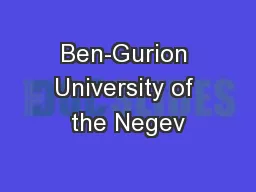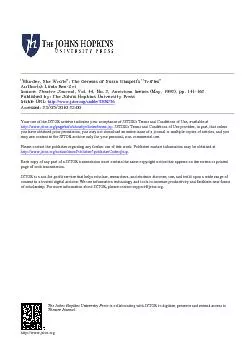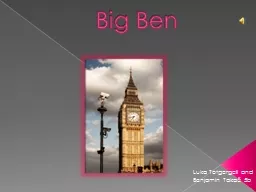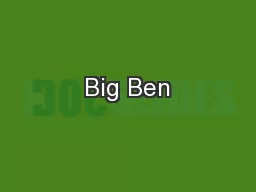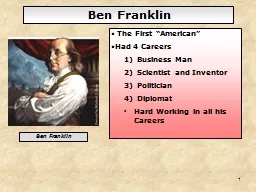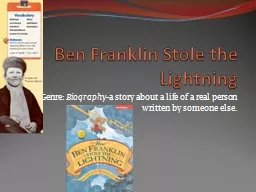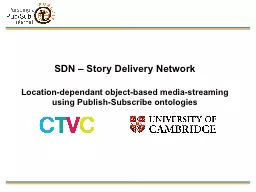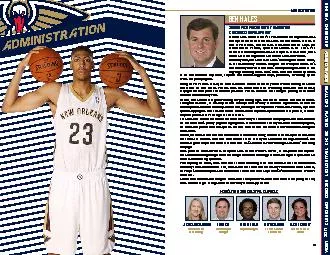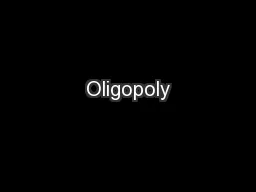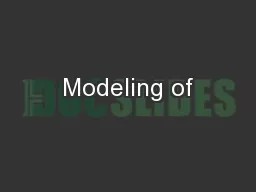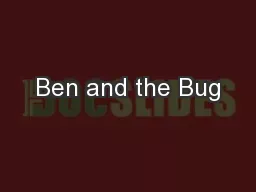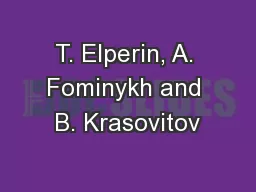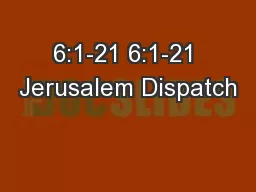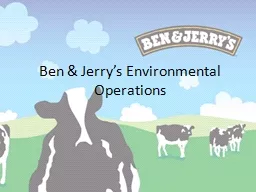PPT-Ben-Gurion University of the Negev
Author : trish-goza | Published Date : 2017-11-04
Deep Learning Seminar Topaz Gilad 2016 Semantic Image Segmentation With DCNN and Fully Connected CRFs Liang Chieh Chen et al ICLR 2015 1 LC Chen G Papandreou I Kokkinos
Presentation Embed Code
Download Presentation
Download Presentation The PPT/PDF document "Ben-Gurion University of the Negev" is the property of its rightful owner. Permission is granted to download and print the materials on this website for personal, non-commercial use only, and to display it on your personal computer provided you do not modify the materials and that you retain all copyright notices contained in the materials. By downloading content from our website, you accept the terms of this agreement.
Ben-Gurion University of the Negev: Transcript
Download Rules Of Document
"Ben-Gurion University of the Negev"The content belongs to its owner. You may download and print it for personal use, without modification, and keep all copyright notices. By downloading, you agree to these terms.
Related Documents

